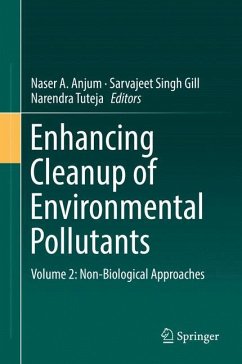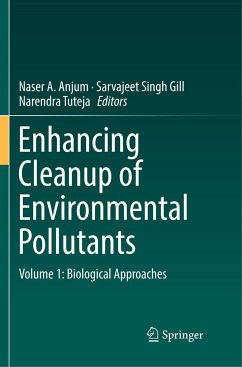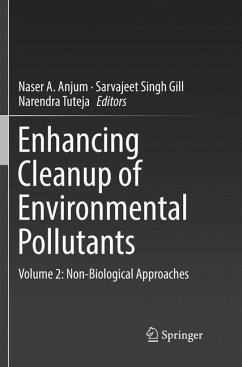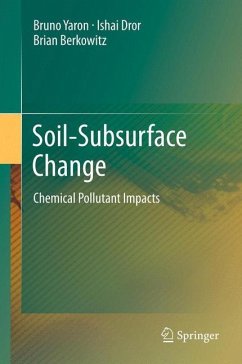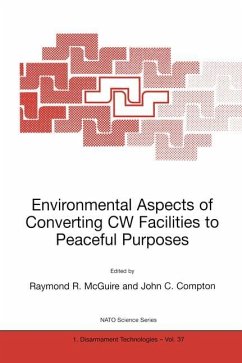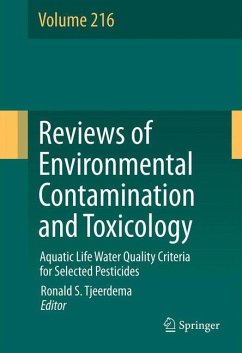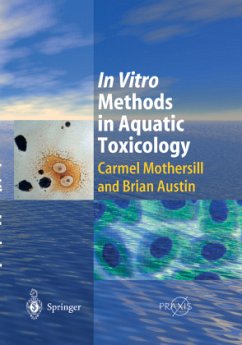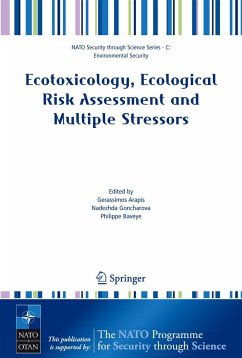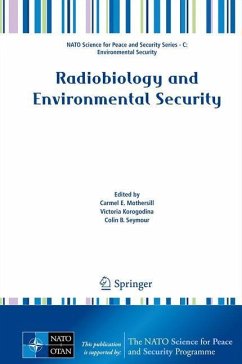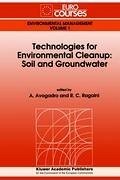
Enhancing Cleanup of Environmental Pollutants
Volume 1: Biological Approaches
Herausgegeben: Anjum, Naser A.; Gill, Sarvajeet Singh; Tuteja, Narendra

PAYBACK Punkte
57 °P sammeln!
This two-volume work is an effort to provide a common platform to environmental engineers, microbiologists, chemical scientists, plant physiologists and molecular biologists working with a common aim of sustainable solutions to varied environmental contamination issues. Chapters explore biological and non-biological strategies to minimize environmental pollution. Highly readable entries attempt to close the knowledge gap between plant - microbial associations and environmental remediation.Volume 1 focuses on important concepts such as biological remediation strategies to enhance soil quality a...
This two-volume work is an effort to provide a common platform to environmental engineers, microbiologists, chemical scientists, plant physiologists and molecular biologists working with a common aim of sustainable solutions to varied environmental contamination issues. Chapters explore biological and non-biological strategies to minimize environmental pollution. Highly readable entries attempt to close the knowledge gap between plant - microbial associations and environmental remediation.
Volume 1 focuses on important concepts such as biological remediation strategies to enhance soil quality at contaminated sites; synergistic influences of tolerant plants and rhizospheric microbial strains on the remediation of pesticide contaminated soil, and the role of plant types such as hyperaccumulator plants in the cleanup of polluted soils. Readers will discover mechanisms and underlying natural inherent traits of various plants and microbes fortolerating, excluding, remediating, accumulating, or metabolizing a variety of pollutants.
Volume 1 focuses on important concepts such as biological remediation strategies to enhance soil quality at contaminated sites; synergistic influences of tolerant plants and rhizospheric microbial strains on the remediation of pesticide contaminated soil, and the role of plant types such as hyperaccumulator plants in the cleanup of polluted soils. Readers will discover mechanisms and underlying natural inherent traits of various plants and microbes fortolerating, excluding, remediating, accumulating, or metabolizing a variety of pollutants.





